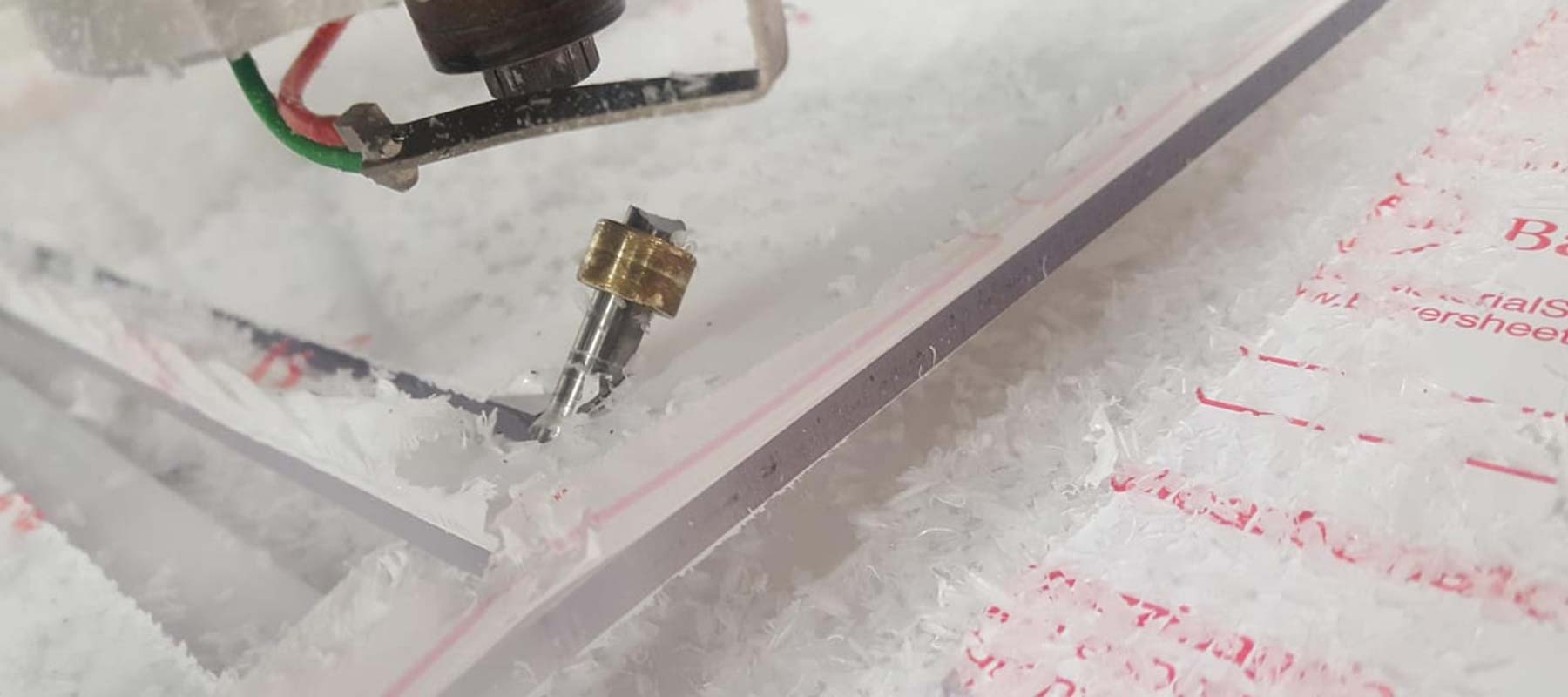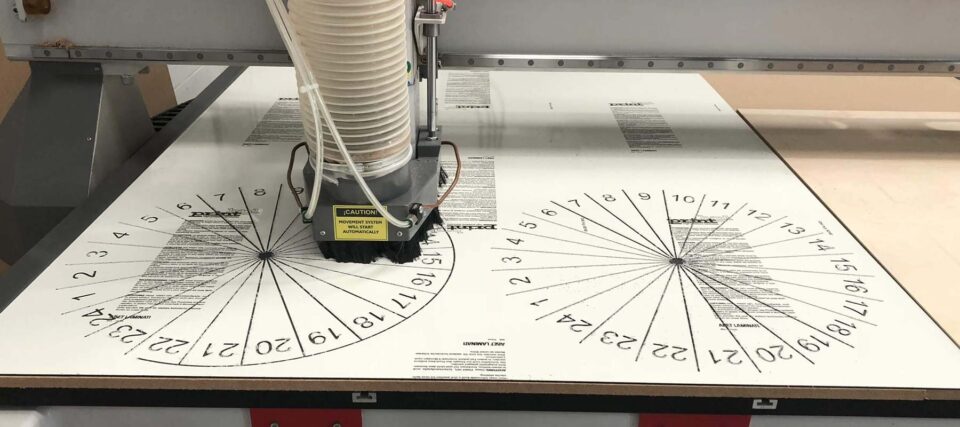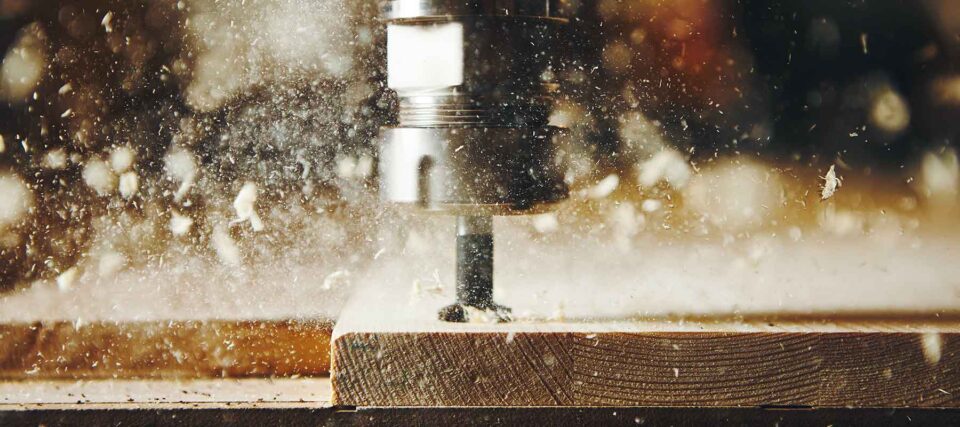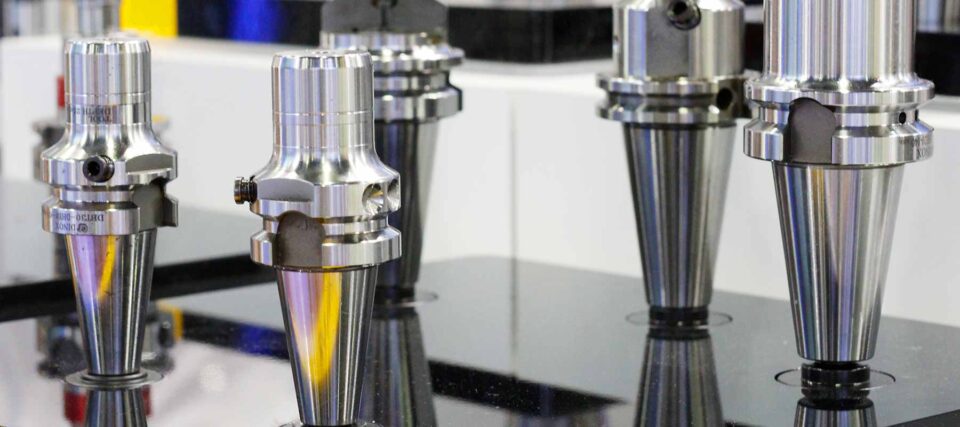Over time, the tool you use most frequently is going to break. It’s a given. Even the tools you don’t use that often will reach a point where their functions just aren’t up to scratch anymore. When that day comes, you’ll have no choice but to purchase a brand new replacement tool. But until that day? You need to start looking after the tools you already have, so you don’t have to even think about buying a new one (at least for a little while!). Your CNC cutting tools for your CNC machines are going to be the ones you need to look after the most, and that’s where we come in! If you’re not entirely sure where to start when it comes to increasing the longevity of your tool, carry on reading to discover why a tool may break and what to avoid doing.
Cutting Edge breakages on your CNC tools
If the tool were to break on the cutting edge it could be for one of three reasons:
- The cutting-edge length could be too long and you’re cutting on the tip of the tool.
- It’s a feeds and speeds problem. You could be cutting to fast or to slow. You need to work out the chip loads for the tool, check out our Feeds and speeds calculator and make sure you’re using the right tool for the material you are cutting.
- The tool is no longer sharp enough and needs replacing.
Shank breakages on your CNC tools
If the tool were to break on the shank, which happens when there is a tool holding problem, it could be caused by a number of factors:
Collets
- Do you have the right collet for the tool? If you have a 6mm tool, use a 6mm collet and not a ¼” (6.35mm)
- Do you have the tool far enough into the collet? It needs to be at least 85% full.
- Tip. Get a small blank of carbide or cut an old tool shank and pop it in the end of the collet so the collet can grip the tool evenly.
- If the shank of the tool has small markings on it from the collets gripping unevenly, it can pinch and its not good for the tool but also the collet life.
- Make sure the collet is clean, maybe blow an air line over and through the collet so that there are no bits of material stuck between the lines of the collet.
- A rule of thumb is if you’re using the same collets 8 hours a day ,5 days a week, it would be a good idea to replace them every 3-6 months. Just make sure you look after them.
Collet nut and holder
- How old is your collet nut? Because over time they wear, they can be over tightened or under tightened.
- How old are the toolholders? because again they will wear with time.
- If you keep breaking tools in the shank it may be a good idea to replace old toolholders and collet nuts because they don’t last for ever.
Servicing your CNC Router
- When is the last time you had the machine serviced?
- Is there any vibration in the machine or the gantry?
Conclusion
We’ve put together a short checklist below to think about in order to prolong the life of your tools
- Is the tool right and I’m not cutting on the tip of the tool?
- Is the collet filled up so it grips evenly?
- Is the collet clean and in good condition?
- Are the tool holder and collet nut in good condition?
- Do I have the right feeds and speeds for the tool I’m using?
- Is there any vibration through the gantry?
These are some of the sure-fire ways of keeping your tools working as well as they possibly can, preventing premature breakages and increasing the life of your CNC tools.
If you would like more information or would like to get in touch with us here at Cutter Shop, we would be more than happy to help.





